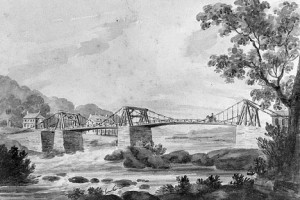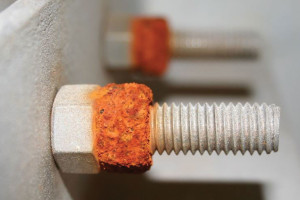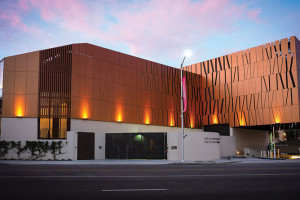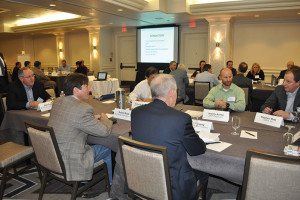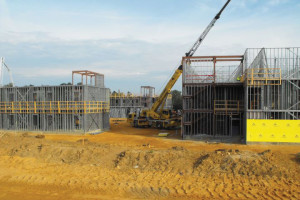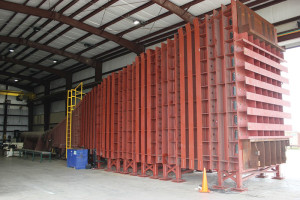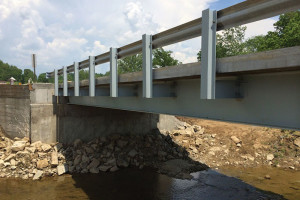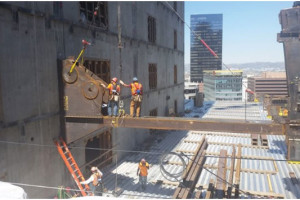This is the first in a series on early suspension bridges. It starts with James Finley (STRUCTURE, November 2008), who designed and built the first iron chain suspension bridge (1801-1802) with a horizontal deck across Jacob’s Creek just south of Mount Pleasant, Pennsylvania on Old Route 119. Chain bridges with a deck resting directly on the chain had been built for years, but were only for pedestrian traffic. …
Review Category : Articles
How CASE Can Help Resolve the Friend or Foe Dichotomy
Throughout history groups of people have created organizations to improve the lot of the members of the group and of society at large. Factors that triggered the formation of such organizations vary. The medieval guilds were a response to the need to maintain a competitive edge and quality standards in the face of competition facilitated by increasing mobility within Europe. …
Fasteners are typically low cost items; however, their failures may result in catastrophic and costly consequences. A recent case of bolt failure that has received enormous media attention was associated with the San Francisco-Oakland Bay Bridge, the second busiest bridge in the nation. While investigations continue on the primary causes of bolt failures, corrosion was recognized as the foremost contributor. Corrosion is a naturally occurring phenomenon, the direct cost for which is a staggering $558 billion in the U.S. – approximately 3.1% of the U.S. GDP (2015). …
Structural Focus was an Award Winner for the Wallis Annenberg Center for the Performing Arts Goldsmith Theater project in the 2015 NCSEA Annual Excellence in Structural Engineering awards program (Category – New Buildings $10M to $30M).
Completed in October 2013, the Wallis Annenberg Center for the Performing Arts project includes the restoration and seismic upgrade of the historic Beverly Hills Post Office building and the construction of the new 500-seat state-of-the-art Goldsmith Theater. …
In this, the fourth and final column of a series (“The Idea,” December 2015; “The Future,” January 2016; “An Analysis,” February 2016), I ask you to consider the engineering way of thinking (EWT) as a relatively formal way of adapting to a constantly changing environment (in the broad sense) by enabling variation and selection as safely as possible under sometimes significant uncertainty. I will emphasize two sources: Engineers and Ivory Towers, by Hardy Cross (1952); and Adapt: Why Success Always Starts with Failure, by Tim Harford (2011). Cross is a well-known engineer (think moment distribution) from the mid-20th century, and Harford is an economist today. …
I’d like to wish you a Belated Happy New Year! If you’re anything like me, you’re still trying to break the habit of writing 2015 on checks instead of 2016; however, I think 2016 is finally starting to come easier and the year itself is picking up some momentum.
Construction spending is at its highest level since the Great Recession, and most design firms are seeing a relatively steady increase in work. Continued growth will depend on a variety of factors, most of which are outside the control of structural engineers. …
“The whole is greater than the sum of its parts” is an often-used phrase. Commonly attributed to Aristotle, these words ring especially true when examining the recent evolution of the AISI standards. Ten years ago, the AISI standards were compartmentalized into discrete packages on such topics as: general provisions, header design, truss design, structural wall stud design, floor and roof system design, and lateral force resisting system design. …
Insulated metal panels can provide a cost-effective exterior cladding solution for a multitude of projects. However, the same mechanical characteristics that enhance the panels’ flexural rigidity and provide weight savings also result in nonlinear response to loading. This is of particular interest in blast-resistant design, where components are often required to deform well beyond conventional serviceability limits. …
Repurposing Steel to Replace Short Span Bridges
County engineers face a daunting balancing act when it comes to keeping their roads and bridges in service. Today’s transportation needs are much more demanding than what the current infrastructure can handle. This is especially true when it comes to repairing or replacing bridges. Most of the bridge inventory in state and local jurisdictions is classified as short span, less than 140 feet in length. …
The technological advances in electroslag welding have facilitated its progression from manually fusing vessel joints filled with scrap metal to automatic field-welding of thick steel joints in high rise buildings and long span bridges. The latest version of electroslag welding, ESW-NG (the NG stands for narrow gap – about ¾ inch), is currently accepted by AASHTO for welding common types of bridge steels and is included in the bridge welding code (AWS D1.5: 2010 with interim revisions). …

